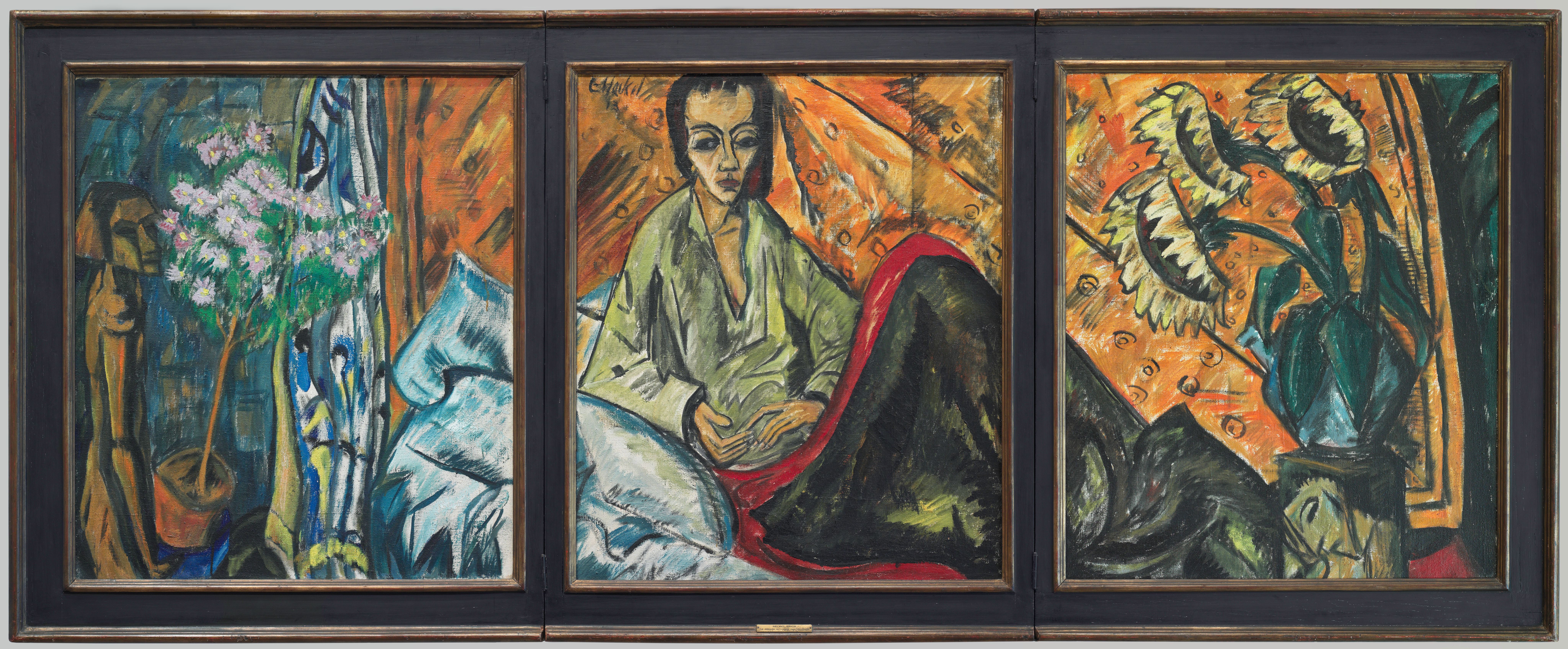
Lectures
In coordination with each special exhibition, Neue Galerie New York is delighted to host a lecture series.
Limited space is available for programs at the Neue Galerie, so please be sure to register in advance for tickets. See below to reserve and purchase tickets. If you would like assistance, please email visitorservices@neuegalerie.org or call +1 (212) 994-9493.
The Neue Galerie is committed to offering a range of public programs and events that complement the museum’s collection and special exhibitions. We aim to be a place of discovery, and welcome you to engage with us through a variety of activities.
Fall / Winter 2025: A Bridge, Not an End






Lecture
Register Here